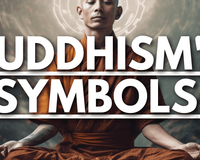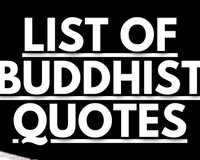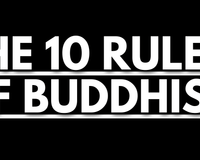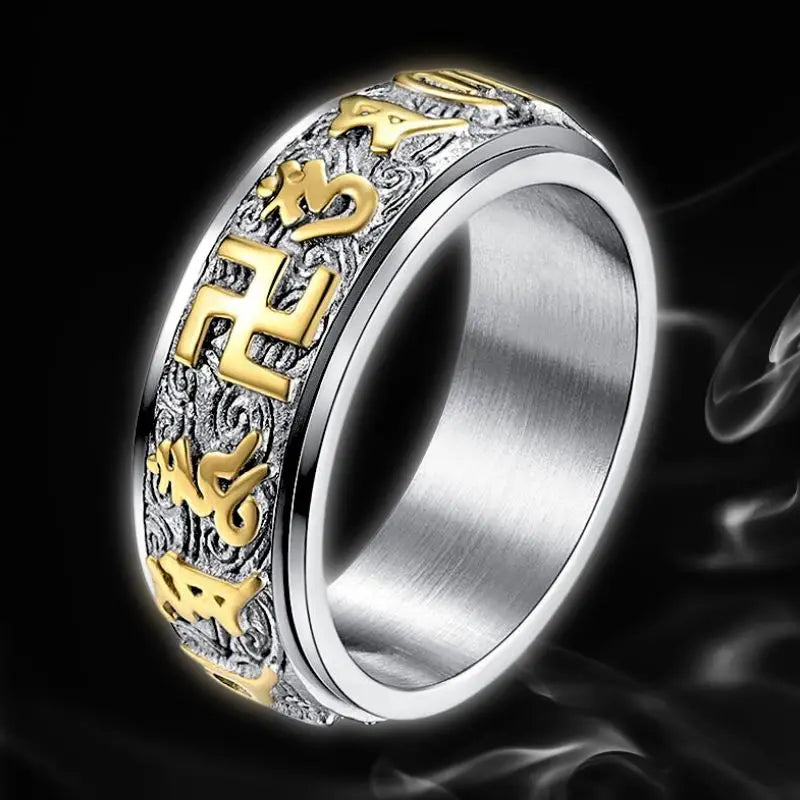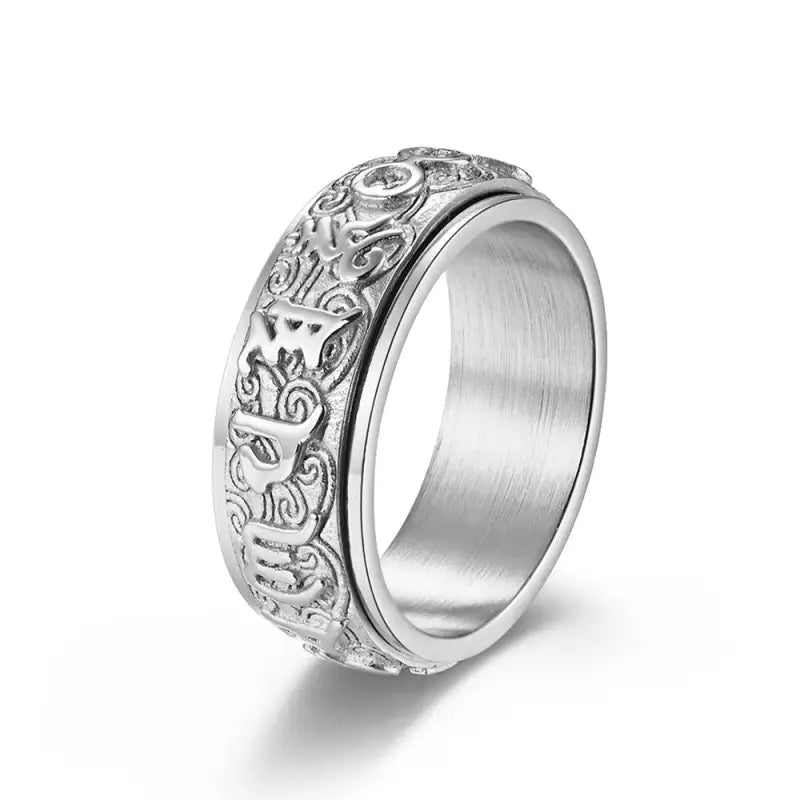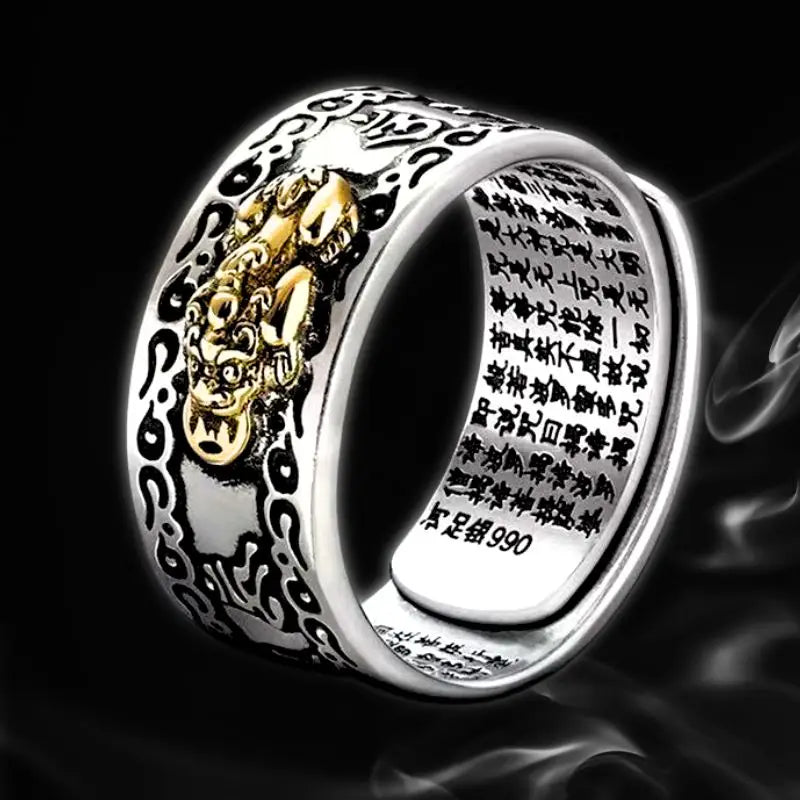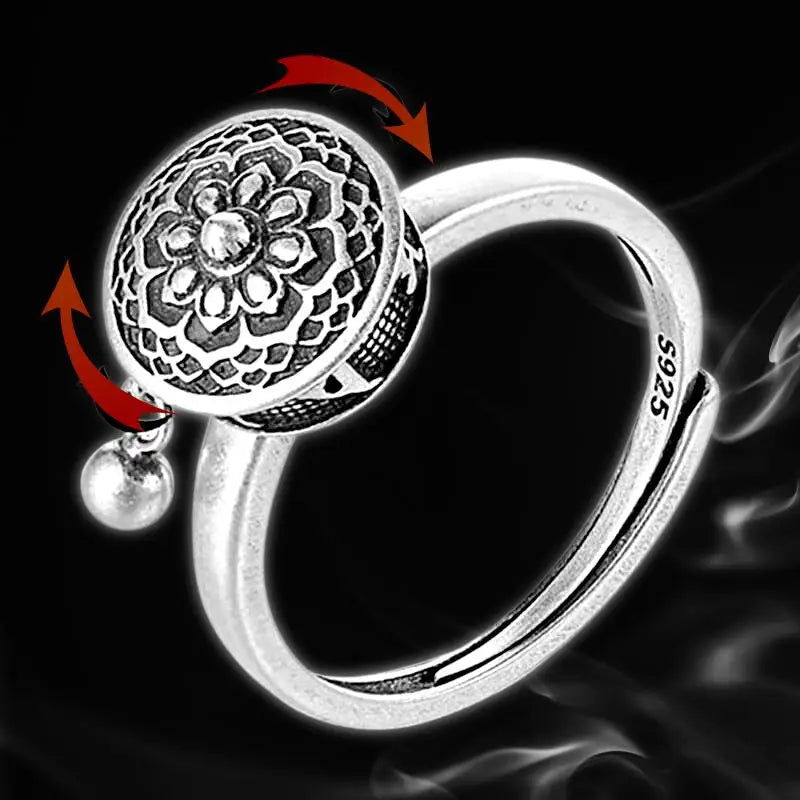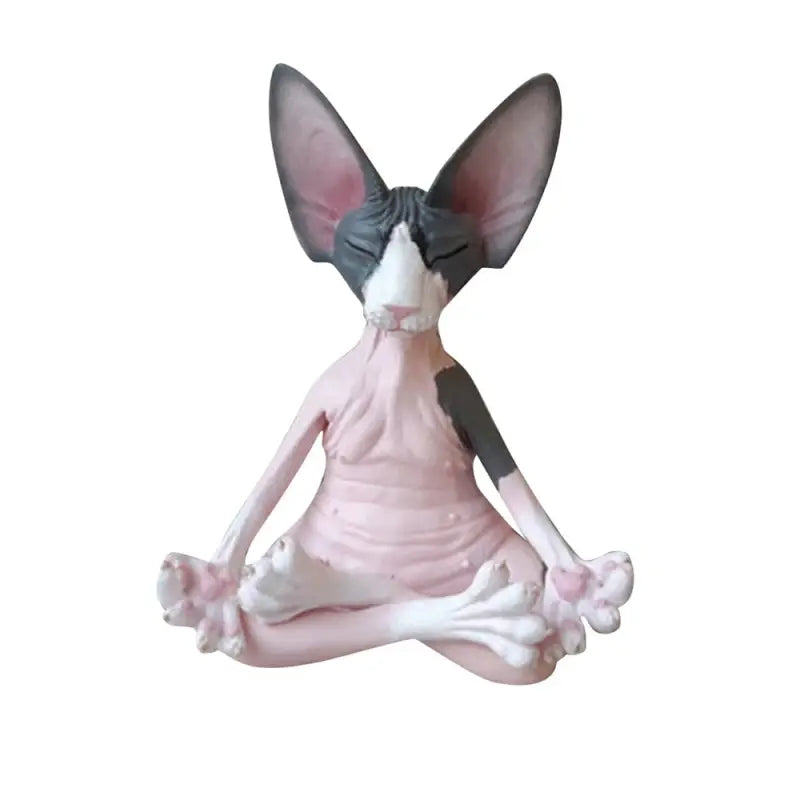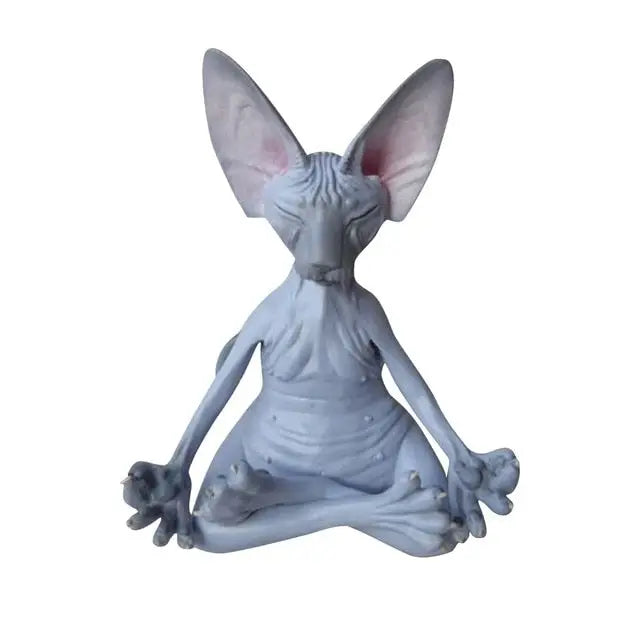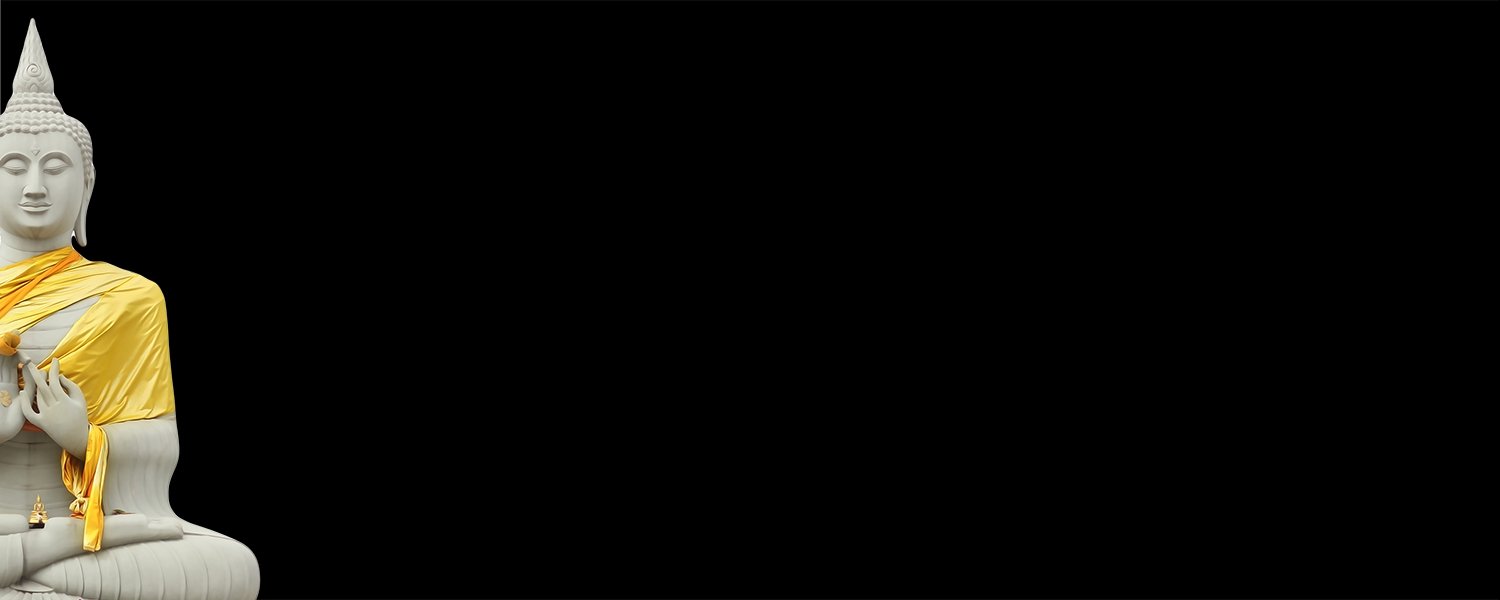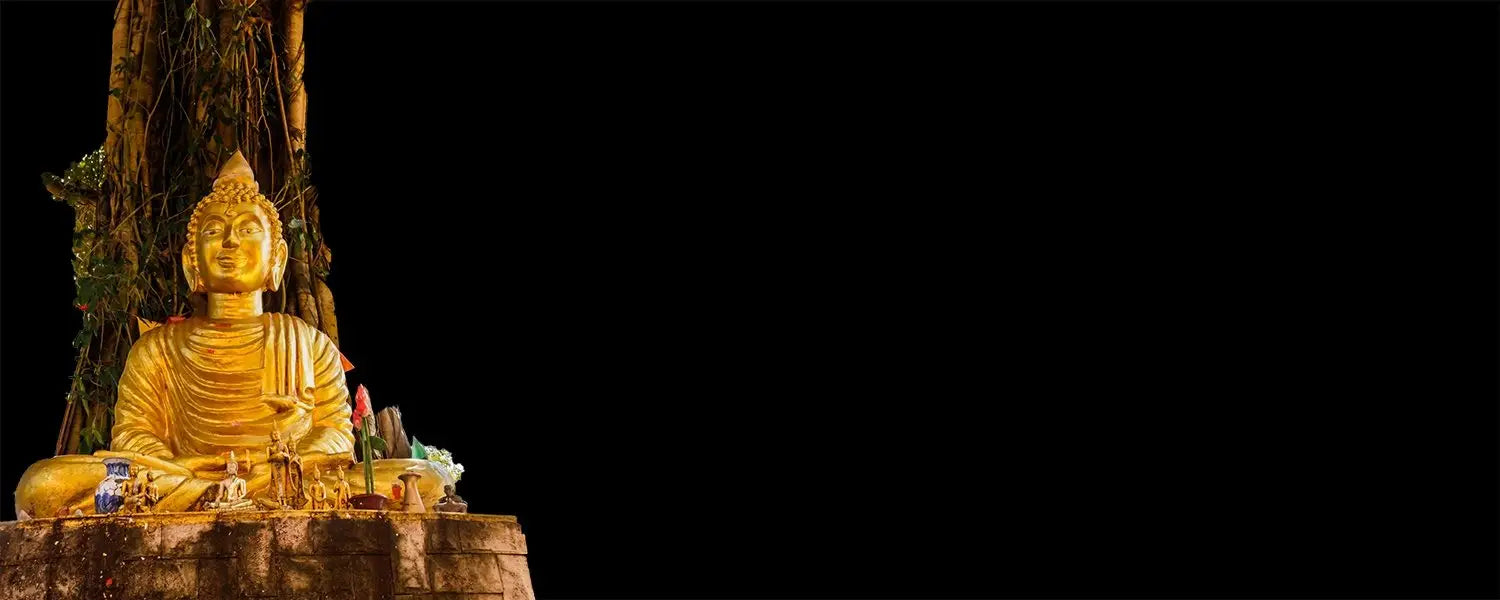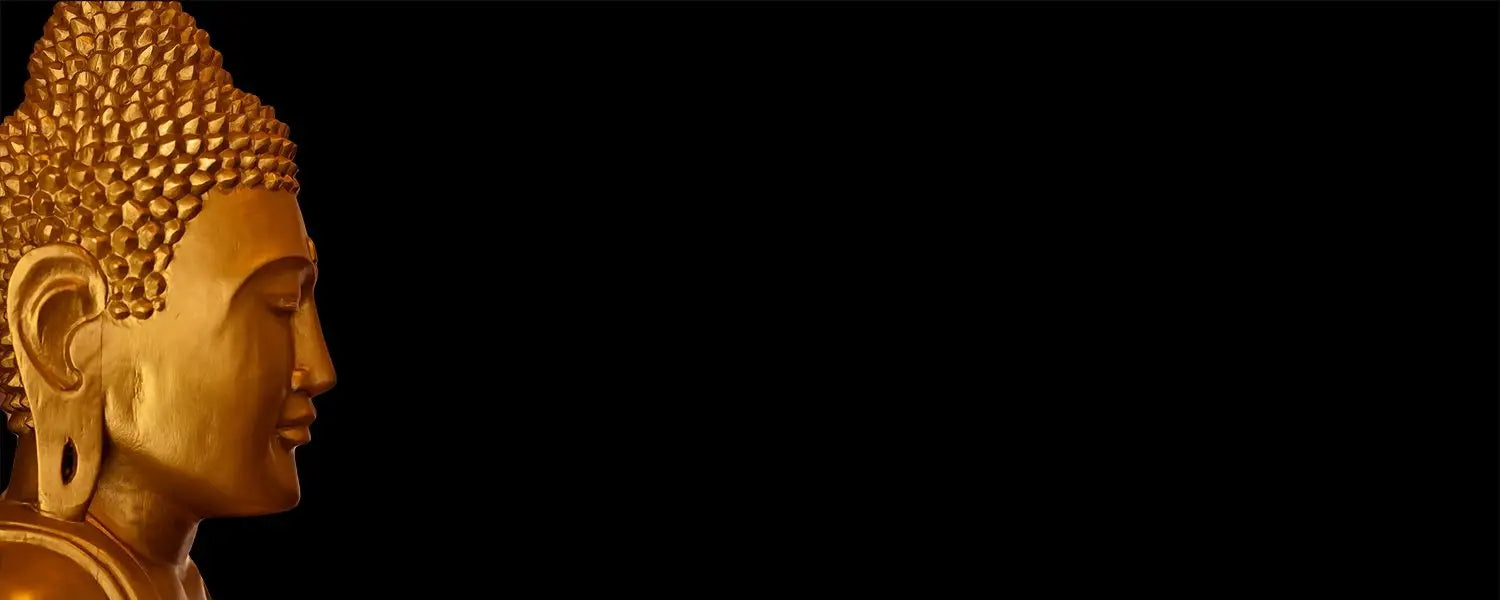Buddhism is a religion or philosophy founded on the teachings of Buddha. For some, this religion speaks only the language of concepts and reason. It touches rational intelligence. In this article, we will present the important points to know about the Buddhist language.
The Language Used by Buddhists
The language used by Buddhists can vary depending on the region where Buddhism is practiced. However, Buddhists share a universal language, which is Pali. But what do you need to know about this language? Pali is an Indo-European language of the Indo-Aryan family, once spoken in India. The earliest Buddhist texts are preserved in this language. It is still used today as a liturgical language in Theravada Buddhism.
According to tradition, Pali was used in the time of the Buddha in ancient texts. However, it is mainly a literary language that has been borrowed from other languages. It was formed more or less artificially over time, probably from one or more vernacular languages. Pali would later become the lingua franca of the peoples bordering Southeast Asia for twelve centuries. Currently, it is still used as a liturgical language in Buddhist Sri Lanka, Myanmar, Laos, Thailand, and Cambodia.
The Signs and Symbols of Buddhism
There are numerous symbols in Buddhism. They constitute a true language that is useful to know. They are a true aid on the path to the transformation of the mind and awakening. Each symbol is endowed with meaning and has been carefully elaborated and chosen to serve as a support for the Buddha's teaching. Most of them are used in specific rituals. There are eight objects included in a single authentic term, which is the Ashtamangala. This term refers to a group of eight symbols of good omen, including Hinduism, Buddhism, Jainism, and Sikhism. These eight symbols first appeared in India during a royal investiture ceremony.
The list of symbols in Buddhism that one should know includes the conch shell, the parasol, the golden fish, the urn, the wheel, the banner, the lotus, and the knot. These objects are offered by the devas to the Buddha at his birth in recognition of his royalty. First, the first symbol, which is the white conch shell, would be the heroes' trunk in Indian epic literature. It represents in Buddhism the voice of the Buddha and his teaching. It is also the symbol of the absence of evil.
Next, the endless knot would originally be a symbol of love. In Buddhism, it represents the mind of the Buddha as well as the interdependence of all things, the union between compassion and wisdom. It also represents samsara, the world of suffering where one is born and dies in a loop. This world that one should leave to reach nirvana through the awakening of consciousness.
After that, as for the golden fish, there are two of them. They symbolize liberation through the absence of suffering, a sign of fertility. They are also a symbol of happiness and wealth, abundance, and prosperity. The pair of fish originally represents the Ganges and the Yamuna. They also mark in yoga the lunar and solar channels and vitality.
In Buddhism, they represent the Buddha's vision as well as beings' ability on the path to evolve towards liberation without drowning in samsara. Furthermore, regarding the lotus, it is a symbol representing divine beauty and purity. In Buddhism, the lotus represents the tongue of the Buddha and the purification of body, speech, and mind, as well as the full flowering of beneficial activity in the state of liberation. It is the emblem of spiritual elevation.
Moreover, among the symbols, there is also the parasol, which in India was an attribute of royalty. It represents in Buddhism the head of the Buddha and protection against material and spiritual dangers. It can also represent the sky and the ether in the system of the five elements.
Regarding the treasure urn, it represents material benefits, namely health, longevity, and material and spiritual ease. In Buddhism, it represents the neck of the Buddha and the water pot that is part of the monk's possessions, or a container containing wisdom used in anointment ceremonies. It represents space in the series of five elements.
Then, the Wheel of Law symbolizes the movement of the wheel of Dharma, that is, the spread of the Buddha's teaching, both in theoretical and practical form. Thanks to the Buddha's teachings, human beings can know the real meaning of happiness and liberation.
Finally, the banner takes the form of a rolled-up flag representing victory. In Buddhism, it represents the body of the Buddha as well as victory over negative forces. The banner is also considered a sign of the victory of the Buddha's doctrine. It also symbolizes triumph over ignorance.
Other Concepts to Know in Buddhism
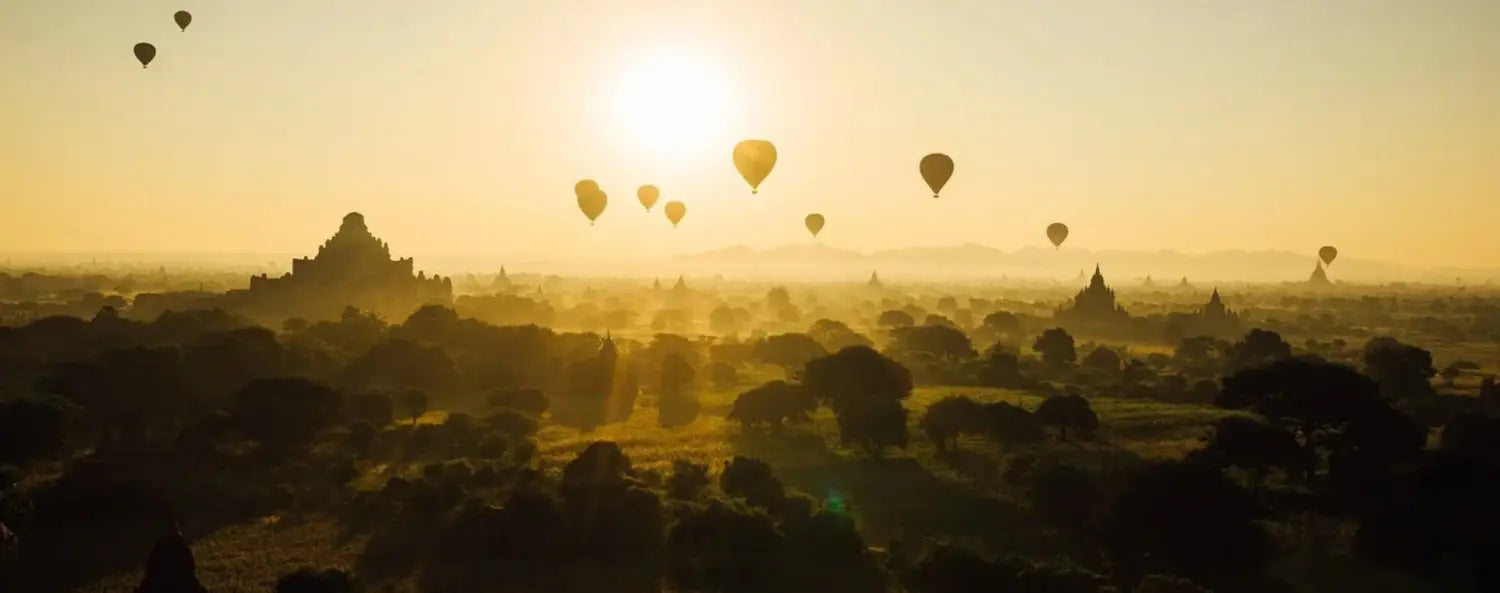
Aside from these objects, there are other concepts worth mentioning. Yin and Yang are one of the elements of these concepts. In Chinese philosophy, Yin and Yang are two symbiotic and complementary categories, which can be found in all aspects of life and the universe. Their complementarity stands out from opposing pairs, more common in Western philosophies, such as the idea of Good and Evil. Yin can also be associated with the Moon, representing the feminine part of nature. Yang is associated with the Sun, representing the masculine part of nature. In a relationship of interdependence, an excess or deficiency of one of the two leads to consequences on the other and an imbalance of the whole.
Aside from Yin and Yang, another concept emphasizes an image of the Eyes of Buddha perceptible in temples as well as monasteries. The eyes or gaze of Buddha symbolize knowledge. It is through these eyes that the Buddha saw all the sources of suffering and was able to go beyond, subsequently giving his awakening. Furthermore, these eyes allowed the Buddha to attain nirvana.
Buddha's Postures and Gestures
In the Buddhist language, it is necessary to define Buddha's gestures and postures. The style of Buddha's statues or mudras differs from one region to another. First, there is the Bhumisparsha Mudra. This statue is generally represented in a seated position, with the right hand resting on the knee and the fingers pointing towards the ground. The left hand rests on the knee with the palm facing upwards. Bhumisparsha is a term that means touching the ground or bearing witness to it. This mudra evokes the moment when the Buddha attained enlightenment, illumination, or Nirvana under the Bodhi tree.
Next, there is the Buddha dhyanana statue. This one has both hands placed at the knee level. The back of the right hand rests on the palm of the left hand. This statue signifies meditation. It is the symbol of wisdom. The Buddha made this posture during his final meditation. After, among Buddha statues, there is also the Vitarka Mudra. This one symbolizes the teachings of Buddha's life. This statue is presented by the tips of the thumb and index finger joining to form a circle. For the right hand, it is supported towards the viewer. As for the left hand, it rests on the knee.
In addition to these, in Buddha's postures, one can also talk about Karana Mudra. In this statue, the fingers, namely the index and little fingers, are pointed towards the sky and the others join the palm of the hand, forming the karana position. This Buddha statue exists in a seated position as well as standing. This gesture helps to ward off evil, negative energies, and demons. Then, we must not forget the varada mudra, which symbolizes compassion and charity. The five fingers of the hand represent the five perfections, namely patience, generosity, morality, concentration, and effort.
This statue can be associated with other mudras. Here, the right arm of the varada mudra bends downwards. The palm faces the viewer. Finally, the Abhaya Mudra is also one of Buddha's gestures. It shows a Buddha with the right hand raised, palm facing outward and fingers upwards. The left arm is positioned along the body. Like the Karana Mudra, this Buddha is available in both seated and standing positions. It symbolizes bravery and testifies to the stage of Buddha's life after attaining enlightenment.
The Three Jewels: Proper Names in Buddhist Language

In Buddhist language, there is also talk of the Three Jewels, namely Buddha, Dharma, and Sangha. These are specific terms used to present the Buddhist doctrine and its practices. They are present in every corner of the universe, in every person, and in every heart. The first Jewel, Buddha, means the Awakened One. This is an honorary title of Siddhartha Gautama. He is a historical figure who lived two thousand six hundred years ago. It evokes an understanding of ultimate reality. It shows the way of understanding and love like the gaze of a child, the rays of the sun, the beauty of a flower, and many more. Whereas the second Jewel, Dharma, means the Law.
This last one is a complex term. It refers to both reality, the order that governs it, and its apprehension by man. Dharma is also the set of teachings of the Buddha and his disciples as well as the elements of the world and consciousness. These allow guidance on the path to Liberation. Finally, concerning the third Jewel, it is Sangha. This means the Community of Buddhism, which includes friends, teachers, and oneself. Taking refuge in the Sangha allows everyone to live in harmony and mindfulness. Each person who converts to Buddhism can share their joys and difficulties with the Sangha.
By strictly following these Three Jewels, Buddhists will possess all the means to give love and to understand oneself. If one wants to become a Buddhist, one must therefore take refuge in these Three Treasures for the whole of one's life until entering nirvana.
Other Terms to Know to Learn the Language of Buddhism
In order to learn and understand the language of Buddhism, terms must be understood such as:
- The Arhat: this term refers to a being who has attained Nirvana
- Nirvana: it is a state in which one escapes the suffering of the world. A person who achieves this nirvana will obtain absolute bliss. This is the ultimate goal of Buddhists. It is by detaching oneself from irrelevant things that one can attain this state of enlightenment.
- The Bodhisattva: this term means a being on the path to enlightenment. The person aspires to Awakening. To achieve this, one must engage in altruistic practices. Indeed, one must always help one's relatives and surroundings, especially in difficult times.
- The Sutra: in the language of Buddhism, this term means a sacred text. It applies to speculative or philosophical writings written in the form of aphorisms. It refers to treatises, analyses, and grammars.
- Karma: in the Buddhist religion, this word means the action of the body, mind, and speech. Actions performed in the past or present can have impacts on the future, whether positive or negative. Consequences depend on the actions of each individual, whether good or bad. This term is very important for Buddhists. It is an integral part of their lives.









